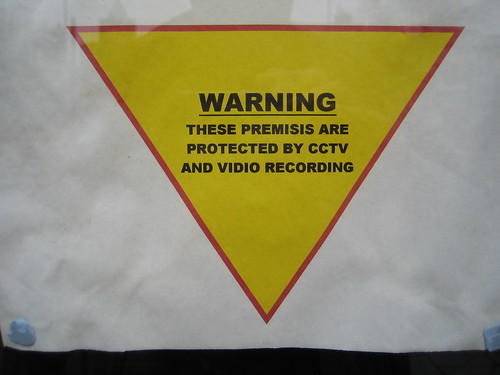
Lucy, lost in Narnia, hunting for the lamppost to get her home
and
Edmund, captured by the White Witch, escaping back to his friends.
In game terms, these two exciting events are going to become two levels in our overall game. Both events provide great opportunities to excite the reader and challenge the player, and we can use them to start drawing out the transformation that takes place from book to game. Let's dive in!
Lucy and the Forest of NarniaLast week I spoke briefly about the key difference between a book and a game. Basically, all the action in a book happens to someone else. You're just reading about them. In a game, you are right in the thick of the action. Your decisions have meaningful effects on the game, you are in control.
We've got to make the player feel like Lucy does when she is lost in the forest. We have to start thinking about what emotions we want our player to experience, what we can do to add an element of danger or maybe even fear. This is not meant to be a nice, friendly level.

Ooooooooooooohh!!
But hang on, the book doesn't tell us much about the forest other than to say simply that Lucy was lost in it. Why are we making up so many extra details? Here is where we start to make the exciting event into a game. The book has other ways of letting us know that Lucy is a little scared. It's not much fun if the game started with a sign that said, "You are scared." We have to expand on what we know to find other ways to make the player feel like Lucy does when she is lost in the forest, and we do this by making the forest seem scary.
Edmund and the Castle of the White Witch
In Edmund's level we can maybe have a change of tone. It would be easy, and understandable, to make the castle seem just as scary as the forest, but remember that Edmund is a bit braver than Lucy. Edmund might think the whole escape is a bit of an adventure. There's so many more interesting things to look at inside castles, so many things to play with and knock over. In other words, we can make the escape feel a little less stressful and a little more fun.

Yay!!
Again, we're going to jot down a few drawings of the castle. What do castles often have? Suits of armour, candelabras, roaring fireplaces, amazing art across the walls. But also keep in mind that this is the White Witch's castle and she's a cruel, nasty person. She might have decorated in a similarly cruel and nasty style.
What's happening to Edmund? Maybe he's being chased by castle guards. Maybe, as he's running, he can knock over the suits of armour and bring down the hanging portraits. That's going to hinder the guards chasing him, for at least a couple of seconds. Maybe then he can buy himself enough time to escape.
We better leave it there for this week. We've now got some ideas, and we've drawn up a couple of pictures of how each level might look to the player. We're getting a pretty good understanding of what the player will have to do in each level, what they're looking for and what's trying to stop them reaching their goal.
Next week, it's time to grab a computer and start building our levels in Kahootz. Looking forward to seeing you all then.
Stay tuned!
Anthony











